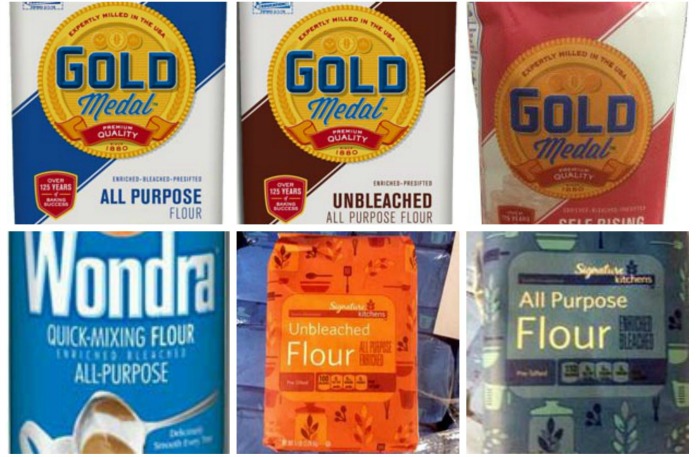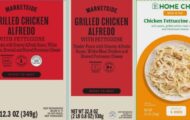If you bought any of the General Mills flour products that are being recalled for possible E. coli O121 contamination, and that are linked to a multistate outbreak, you are probably pretty worried. It’s unsettling to think that food in your home may be contaminated with pathogenic bacteria. But don’t panic.

The first thing to do is to read through the list of recalled products and note the product size, the “better if used by” dates, and the UPC number. If these numbers don’t match the products you have in your home, relax. If you do have a recalled product, immediately put it into a bag. Clean the area where you stored the flour with soap and water, then wash your hands.
You can throw away the flour as long as it is placed in a sealed container so animals and other people can’t get at it. Or you can return it to the place of purchase for a full refund. The flours were sold nationwide. The brand names of the recalled products are Gold Medal Wondra Flour, Gold Medal All Purpose Flour, Gold Medal Self-Rising Flour, Gold Medal Unbleached Flour, Gold Medal All Purpose Flour Banded Pack, Signature Kitchens All Purpose Flour Enriched Bleached, and Signature Kitchens Unbleached Flour All Purpose Enriched. These products were all sold in different sizes and with different “best by” dates, but all of the dates are in February, March, May, and June 2017, with one exception of Gold Medal Self Rising Flour, with a best by date of August 2016.
Since many people (me included) decant their flour into another container, you may not be sure if you have any of these recalled products. If you aren’t sure, throw it out. A bag of flour is cheap compared to the cost of an illness. And wash that container thoroughly with soap and water before storing any other food in it.
Do not eat raw cookie dough or batter; don’t even lick the spoon. Teenagers love to do this; the median age of ill persons in this particular outbreak is 18, which is indicative of this practice. Raw flour and raw eggs can contain pathogenic bacteria and it’s better not to take a risk, especially if you are in a high risk group. It’s not safe to eat any raw flour, not just these recalled items.
After baking, wash bowls, utensils, and work surfaces with hot water and soap. Wash your hands with water and soap after baking and handling these raw ingredients.
The symptoms of an E. coli infection usually begin three or four days after exposure to the bacteria, although the incubation period may be as short as one day or as long as ten days. Those symptoms include abdominal cramps, watery or bloody diarrhea, loss of appetite, mild fever, and vomiting. If anyone is experiencing these symptoms, they should see a doctor immediately. Improper treatment of this type of infection can cause serious complications.
The 38 people sickened in this outbreak live in 20 different states. Ten of those people have been hospitalized, but luckily no one has developed hemolytic uremic syndrome, a serious complication of an E. coli infection that can cause kidney failure and death. Illnesses began on dates ranging from December 21, 2015 to May 3, 2016.




